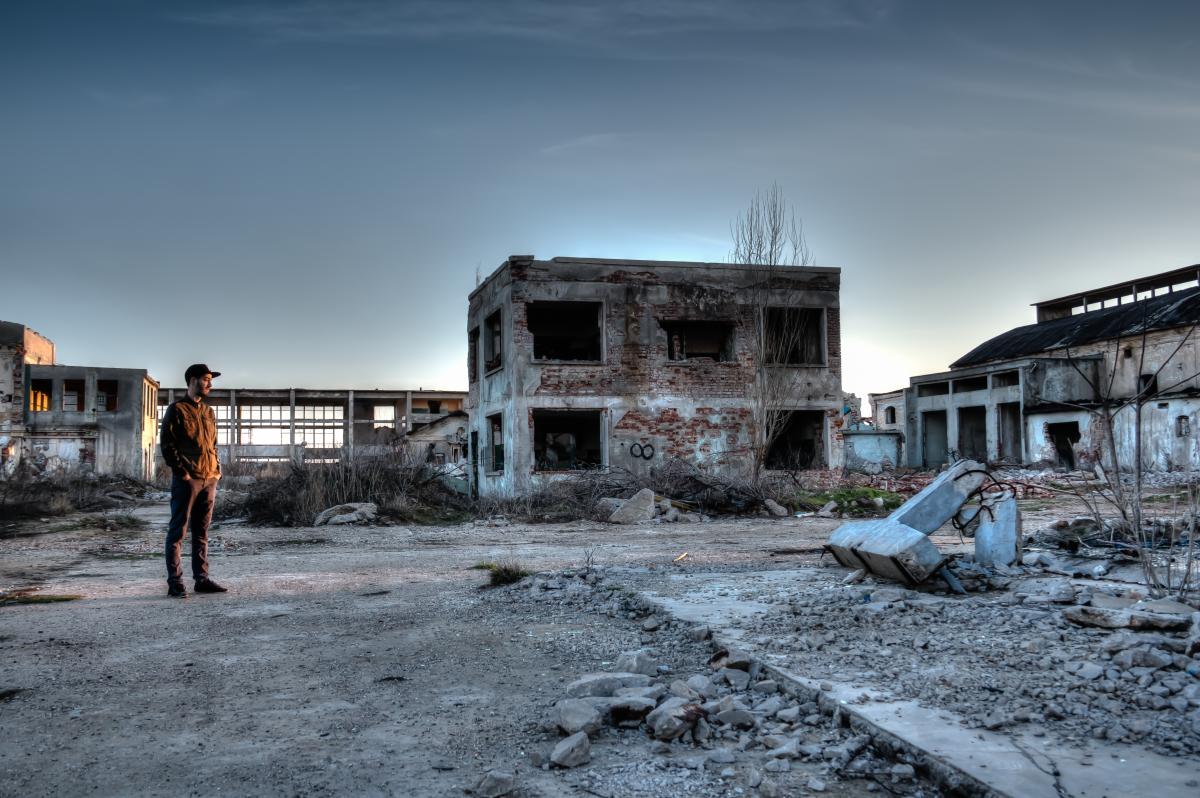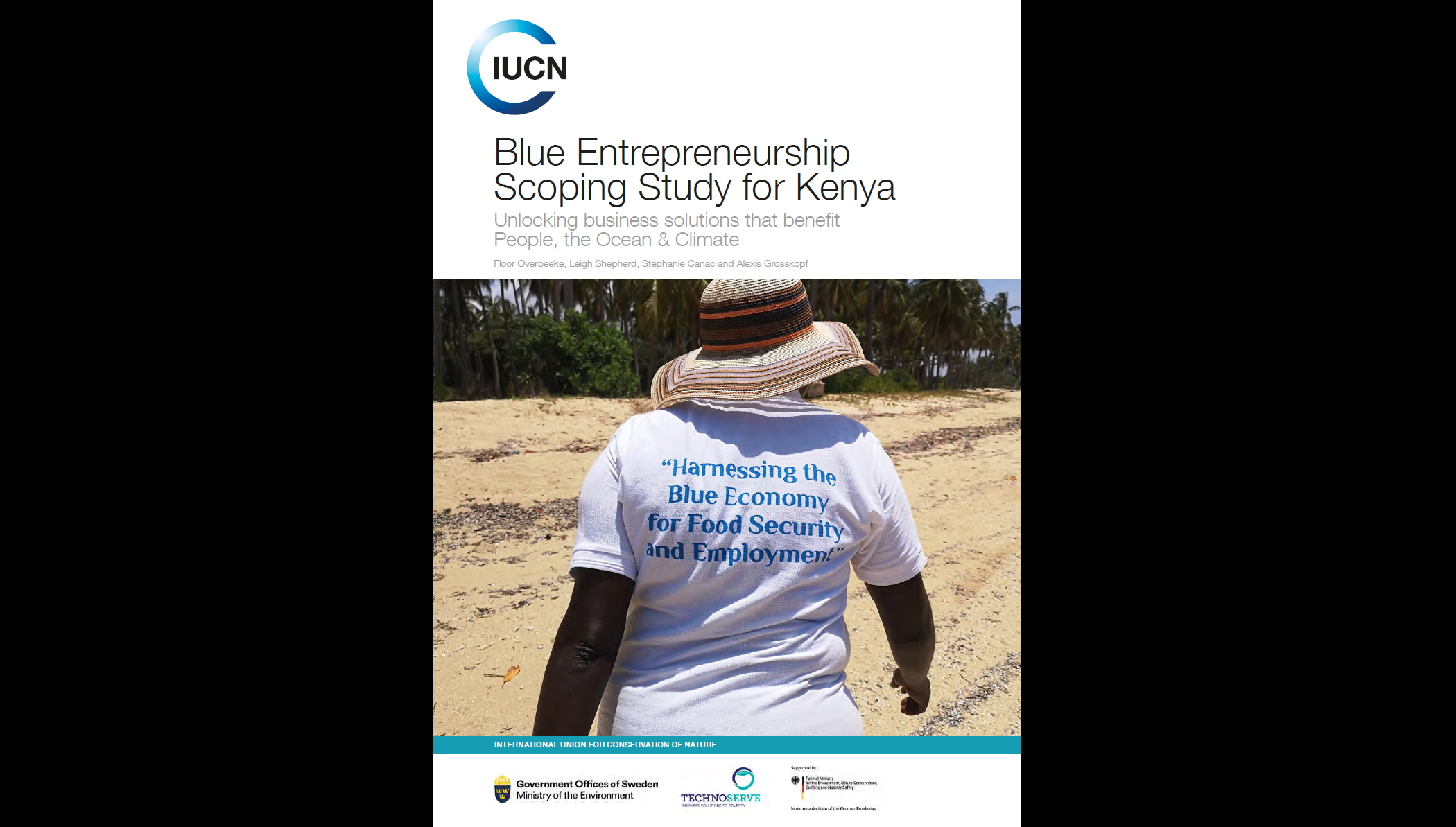A New Framework for Assisting Victims of Toxic Remnants of War
By Doug Weir - Conflicts and military activities are major sources of pollution, including the long-term health and environmental risks caused by abandoned military detritus and explosive munition remnants. Clear removal and victim assistance obligations exist for certain explosive remnants, but until now a parallel framework for those affected by toxic remnants of war has been absent. A recent report entitled Confronting Conflict Pollution, seeks to address that gap.

Photo: Pixabay
In 2017, the third meeting of the United Nations Environment Assembly adopted, by consensus, the first ever United Nations’ resolution dedicated to the health and environmental risks posed by conflict pollution. UNEA Resolution 3/1 (2018), entitled Pollution mitigation and control in areas affected by armed conflict or terrorism recognised the need ‘to mitigate and minimize the specific negative effects of pollution…on people in vulnerable situations’ and stressed ‘the need for the swift identification, assessment and remediation of pollution in the areas affected by armed conflict or terrorism in order to protect human health and the environment’.
Furthermore, the resolution urged states to ensure the inclusion of local stakeholders in the preparation of national plans and strategies aimed at setting the priorities for environmental assessment and remediation projects and, reflecting its rights-inspired approach, to ensure that the data necessary for identifying health risks and outcomes is collected and integrated into health registries and risk education programmes. The resolution was a significant step forward, and mirrors ongoing efforts being made in the legal framework protecting the environment in relation to armed conflicts to reappraise the health and environmental risks posed by the remnants of war.
Conflicts and military activities are major sources of pollution, affecting the health of civilians, military personnel and contractors, and causing lasting environmental degradation. Furthermore, conflicts create and sustain the societal conditions that facilitate pollution and prevent it being adequately addressed. Together these pollutants are viewed as the toxic remnants of war (TRW). Humanitarian disarmament treaties on land mines, cluster munitions and other explosive remnants of war have created clear frameworks for how those harmed by these weapons should be assisted but until now a parallel framework for those affected by TRW has been absent.
In a recent report Confronting Conflict Pollution, Harvard Law School’s International Human Rights Clinic and the Conflict and Environment Observatory (CEOBS) have sought to address this gap through the development of 14 principles that help to articulate how assistance programmes should be designed and implemented. The foundation of the principles are human rights and environmental law, as well as the norms established by humanitarian disarmament agreements and practice.
Toxic remnants of war
TRW are defined as: ‘any toxic or radiological substance resulting from military activities that forms a hazard to humans or ecosystems’. Military activities in this context encompass operations during peacetime, during or after an armed conflict, and during a period of occupation.
TRW may be generated by both state and non-state actors, and in the context of international and non-international armed conflicts. In many cases, TRW are a direct result of how hostilities are conducted, in others an indirect effect of the breakdown in services and infrastructure. Historically, inadequate environmental governance or its collapse during armed conflicts has often exacerbated the threats that TRW pose to communities and ecosystems.
The health and environmental threat that TRW pose is widely acknowledged, and examples include the dioxin-contaminated herbicide Agent Orange, which was used during the conflict in South-East Asia and left a legacy of birth defects and disabilities; the contamination caused by nuclear weapons testing; the oil well fires and spills of the 1991 Gulf War; and the widespread pollution of air, water and soils caused by the ‘Islamic State’s’ attacks on oil infrastructure in northern Iraq in 2016.
TRW are a significant concern in several ongoing armed conflicts. In eastern Ukraine there are fears over hazardous industrial waste storage facilities close to frontlines. In Yemen, Security Council members, neighbouring states and UN agencies are profoundly concerned about the environmental, humanitarian and economic consequences of a catastrophic Red Sea oil spill from the SAFER floating storage and offloading platform.
The principles
The distinctive characteristics of the toxic or radiological substances that result from military activities pose new challenges for victim assistance. Pinpointing the source of harm, for example, can be difficult given that the effects are less constrained by time and geography than those of explosive weapons.
By necessity, the principles consider a variety of assistance measures. Harm from TRW can include physical, psychological, or socioeconomic injury and infringement of a victim’s human rights. In this way, assistance measures might include environmental assessments and health monitoring, support or capacity building for health care, and environmental remediation to address the sources of harm.
Critical to the effectiveness of victim assistance programmes is a framework of shared responsibility among states. So, rather than focusing on blame or legal accountability, the report looks at how states, along with international organisations and civil society, can work together to help those who have been affected. Taken as a whole, the principles embody a collective commitment to work towards victims’ full and effective participation in society and to help them realise their human rights.
About the Author
 Photo: Doug Weir
Photo: Doug Weir
This article was submitted for publication by Karen Hulme, Chair of the WCEL Peace, Security, and Conflict Specialist Group.



